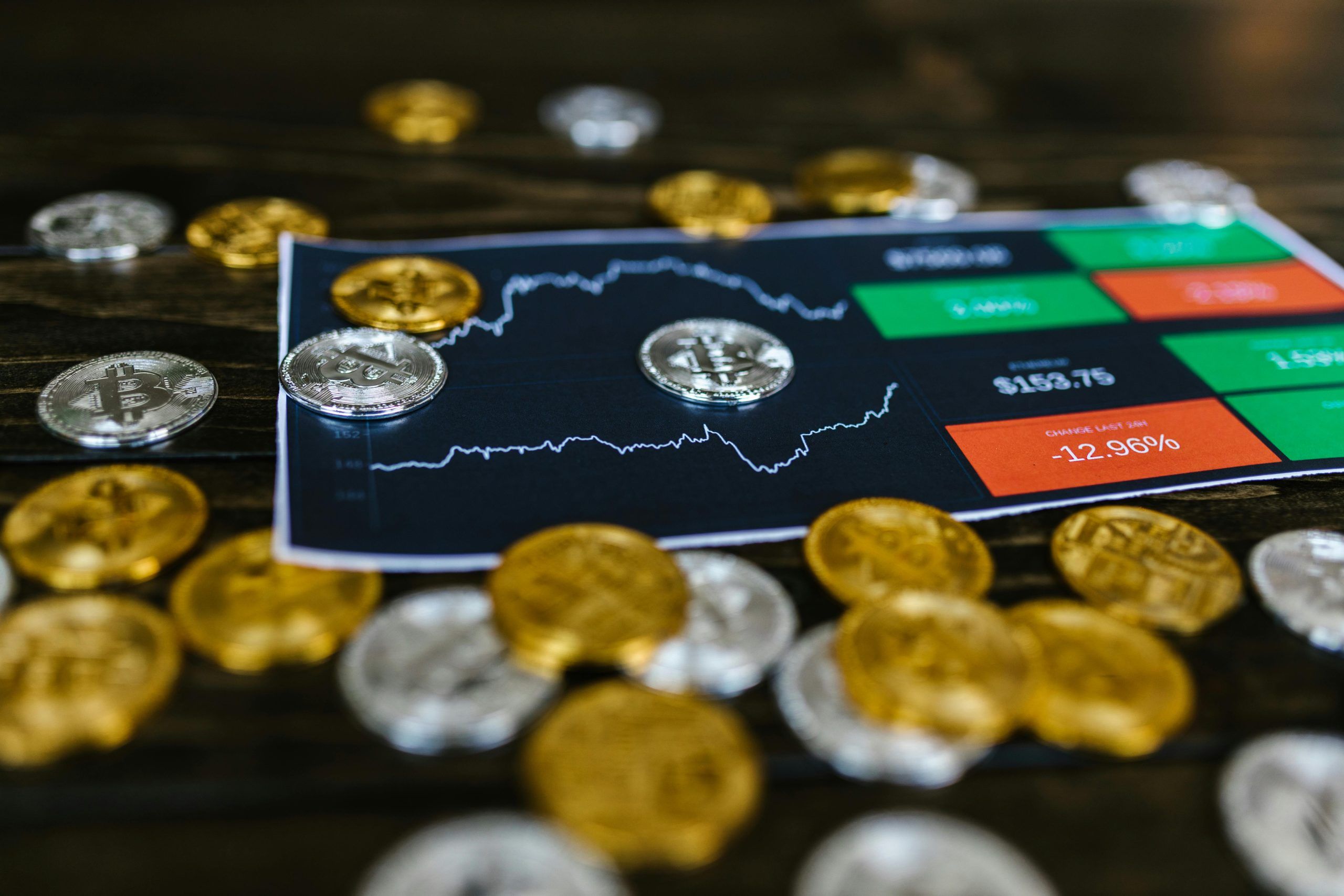Commodity trading forms a vital part of the global financial markets, allowing investors to engage with the fundamental goods that underpin the global economy. These commodities are broadly categorized into hard commodities, which include mined resources like oil, gold, and copper, and soft commodities, which cover agricultural products such as coffee, wheat, and cotton.
In the financial ecosystem, commodities serve multiple functions. They are pivotal for investors looking to hedge against inflation, diversify investment portfolios, or capitalize on shifts in global supply and demand due to economic changes. Unlike more conventional financial instruments like stocks and bonds, commodities possess intrinsic value and are influenced by unique market dynamics. These characteristics can lead to potentially lucrative returns for savvy investors.
Crude Oil
Crude oil, often referred to as “black gold,” is one of the most heavily traded commodities globally. Its pricing influences global economic conditions, making it a critical asset in the financial markets. Traders keep a close eye on geopolitical events, especially in oil-rich regions, as these can cause significant price fluctuations. The market’s dynamics are also affected by changes in technology, such as the development of renewable energy sources, which can shift demand away from fossil fuels.

Gold
Gold is a classic safe-haven asset, often attracting investors during times of economic uncertainty. Its value is influenced by factors such as interest rates, currency values, and macroeconomic data. Investors may use gold to hedge against inflation or currency devaluation. Unlike other commodities, gold is stored rather than consumed, and its price can also be driven by sentiment and market psychology, reflecting its status as a store of value across centuries.
Corn
Corn is a staple commodity with a vast range of uses, from feeding livestock to producing ethanol. It is a crucial crop in the United States, which dominates global production and exports. The price of corn can be highly volatile, influenced by the weather conditions in major producing regions, governmental policies, and changes in the demand for biofuels. Corn futures are a popular instrument for traders looking to speculate on agricultural commodities, reflecting its fundamental role in the global food chain and energy sector.
Economic Influences on Commodity Prices
Economic indicators significantly impact commodity prices. Key data points such as GDP growth rates, employment statistics, and manufacturing output are closely monitored by commodity traders. For example, a strong economy usually leads to increased energy demands, pushing up oil prices, whereas a recession might reduce the demand for base metals like copper, which are integral to construction and manufacturing industries.
Geopolitical and Environmental Factors

Geopolitical events and environmental conditions also play a crucial role in commodity pricing. Political unrest in countries that are major producers can lead to volatile commodity markets. For instance, conflicts in the Middle East can disrupt oil supplies and lead to price spikes. Similarly, agricultural commodity prices can be affected by unpredictable weather patterns, which influence crop yields.
Key Commodity Indicators
Traders in the commodity markets rely heavily on a range of indicators such as the moving average indicator to guide their investment decisions and predict price movements. Supply and demand dynamics are fundamental to commodity prices, with detailed reports such as the U.S. Department of Agriculture’s World Agricultural Supply and Demand Estimates providing crucial information about agricultural products. Currency fluctuations also affect commodities since they are often priced in U.S. dollars, influencing global demand based on currency strength.
Impact of Market Sentiment and Speculation
Market sentiment and speculation can dramatically influence commodity prices. Traders’ perceptions and expectations about future events can cause prices to move even before the actual events occur. For instance, if traders believe that a certain commodity will become scarce in the future, they might start buying it in large volumes, driving up prices prematurely. Conversely, negative sentiment can lead to rapid sell-offs. Monitoring news, analyst reports, and market commentary is essential for understanding these psychological factors and anticipating their impact on commodity markets.
Technological Advancements in Commodity Trading
Technological advancements have significantly transformed commodity trading. The advent of algorithmic trading, high-frequency trading, and sophisticated analytical tools has increased the speed and efficiency of market transactions. These technologies allow traders to execute complex strategies and manage risks more effectively. Additionally, the use of blockchain and other digital technologies is starting to play a role in tracking commodity supply chains, ensuring greater transparency and efficiency in markets like precious metals and agricultural products.
Strategies for Trading Commodities
The strategies employed in commodity trading can vary widely depending on the trader’s objectives and risk tolerance. Some traders adopt a buy-and-hold strategy, purchasing commodities with the expectation of long-term appreciation, particularly as a hedge against inflation. Others might engage in trading futures contracts, which allows speculation on the future price of commodities without the need to physically hold them. Options trading offers another avenue, providing the right to buy or sell at a predetermined price, thus limiting potential losses to the option’s purchase price.
Risks and Considerations
Despite the potential for profit, commodity trading is not without its risks. The markets are known for their volatility, with prices capable of significant fluctuations in response to various factors, including economic indicators, geopolitical developments, and environmental changes. Additionally, the use of leverage can amplify both gains and losses, making it essential for traders to approach the commodity markets with caution.
Conclusion
Commodity trading offers a dynamic arena for investors, characterized by unique opportunities and considerable risks. An understanding of key market indicators and strategic trading approaches can enhance a trader’s ability to navigate these waters. As with all forms of investment, it is crucial for traders to conduct thorough research and align their activities with their overall investment goals and risk tolerance, ensuring a well-rounded approach to the commodity markets.
